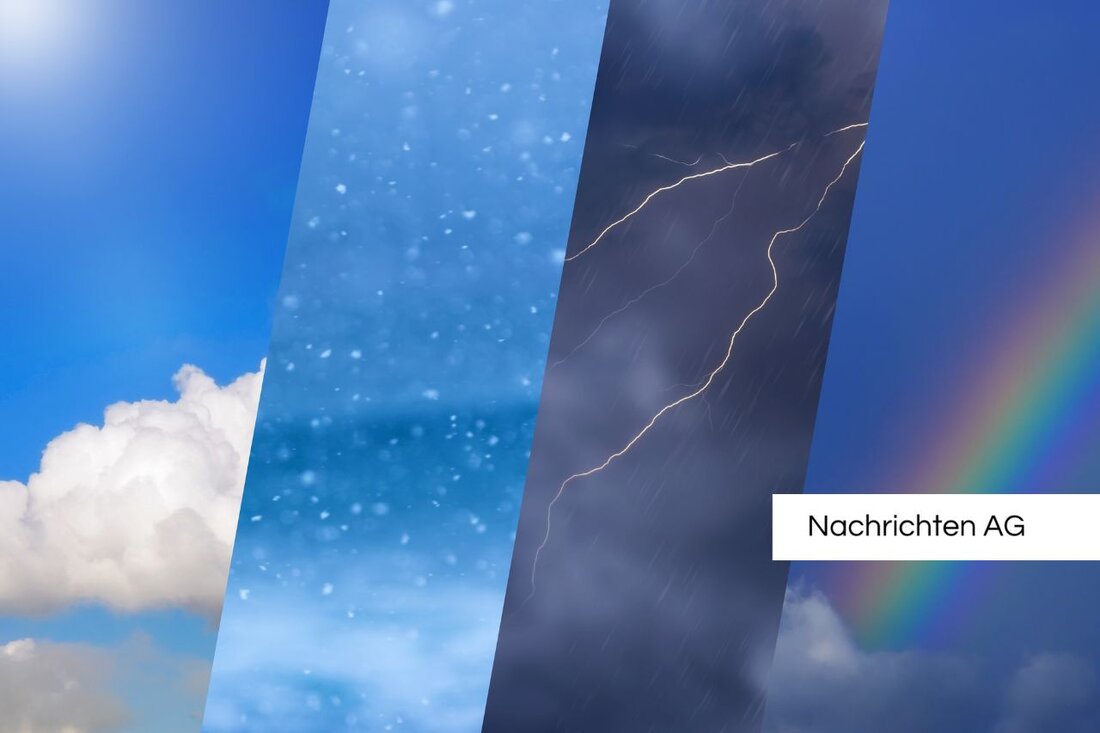Weather change: Heavy rains bring hope after drought heat!
Find out how the heavy rain after a long drought in Germany is affecting agriculture and what challenges remain.

Weather change: Heavy rains bring hope after drought heat!
Fortunately, the weather situation in Germany has changed after a long period of drought. In the last few weeks there has been frequent and sometimes heavy rainfall, which not only provided nature but also agriculture with an urgently needed supply of water. Agricultural meteorologist Andreas Brömser from the DWD describes this weather development as a temporary relaxation of the situation. Nevertheless, the situation remains tense: further challenges are to be expected.
Andreas Marx from the Helmholtz Center for Environmental Research (UFZ) explains that despite the high rainfall in the topsoil, more water is available for plants, even if the total rainfall was lower in May. Recent lower temperatures have also led to reduced evaporation, which has had positive effects on agriculture.
Prospects for agriculture
The outlook for early grains such as wheat and barley is generally positive. However, future weather conditions are crucial, especially for crops such as sugar beets and corn, which require a constant supply of water. Many plants have grown significantly and require regular rainfall. The top soil layers have now reached a moisture level of 20-30 cm in regions with high rainfall. However, below this layer the soil remains very dry up to a depth of 50-80 cm.
Although these rains provide some relief, experts warn that it is still too early to give a final all-clear. The development of the weather for the rest of the summer remains crucial. Model calculations from the Max Planck Institute and the European Center for Medium-Range Weather Forecasts indicate a very hot summer in Europe. This could be due to a build-up of heat in the North Atlantic and the forecasts for a long, hot summer seem realistic.
Global connections
Spring 2025 was one of the driest on record, coupled with rising global temperatures. The average temperature in Germany has risen by 1.7 degrees since 1881, which is more than the global average. Climate change is increasingly leading to extreme heat waves, which is also reflected in the recently observed heat records in the northern hemisphere. Temperatures over 40 degrees Celsius are reported in North America, and even over 50 degrees Celsius in northwest China. Southern Europe is also suffering from extreme heat, with records of 45 degrees and 46 degrees recorded in Spain and Italy, for example.
Heat waves have serious consequences not only in Germany but throughout Europe, including heat deaths and drought emergencies. In 2022, this led to around 4,500 heat deaths in Germany and at least 15,000 in Europe. Older people, pregnant women, infants and people with previous illnesses are among the particularly vulnerable groups.
The National Water Strategy in Germany aims to improve water management and protect groundwater and ecosystems. The upcoming El Niño phenomenon in 2023 could further increase extreme weather events, which will further strain the already tense situation in agriculture. Science and politics are faced with the challenge of implementing adequate measures to adapt to climatic changes.

 Suche
Suche
 Mein Konto
Mein Konto
